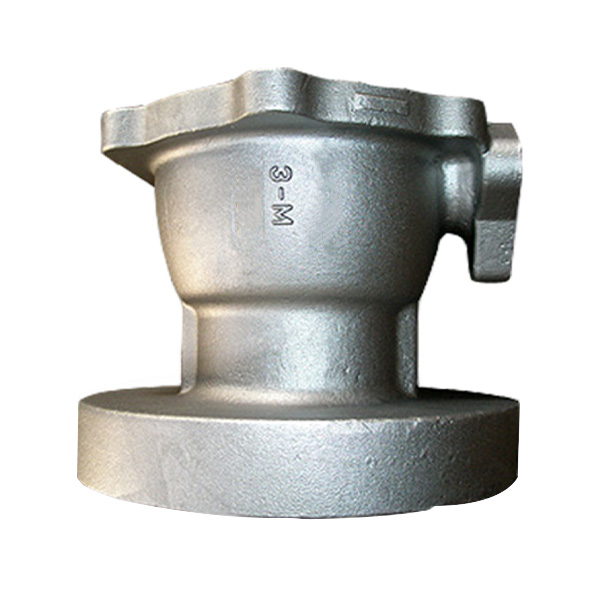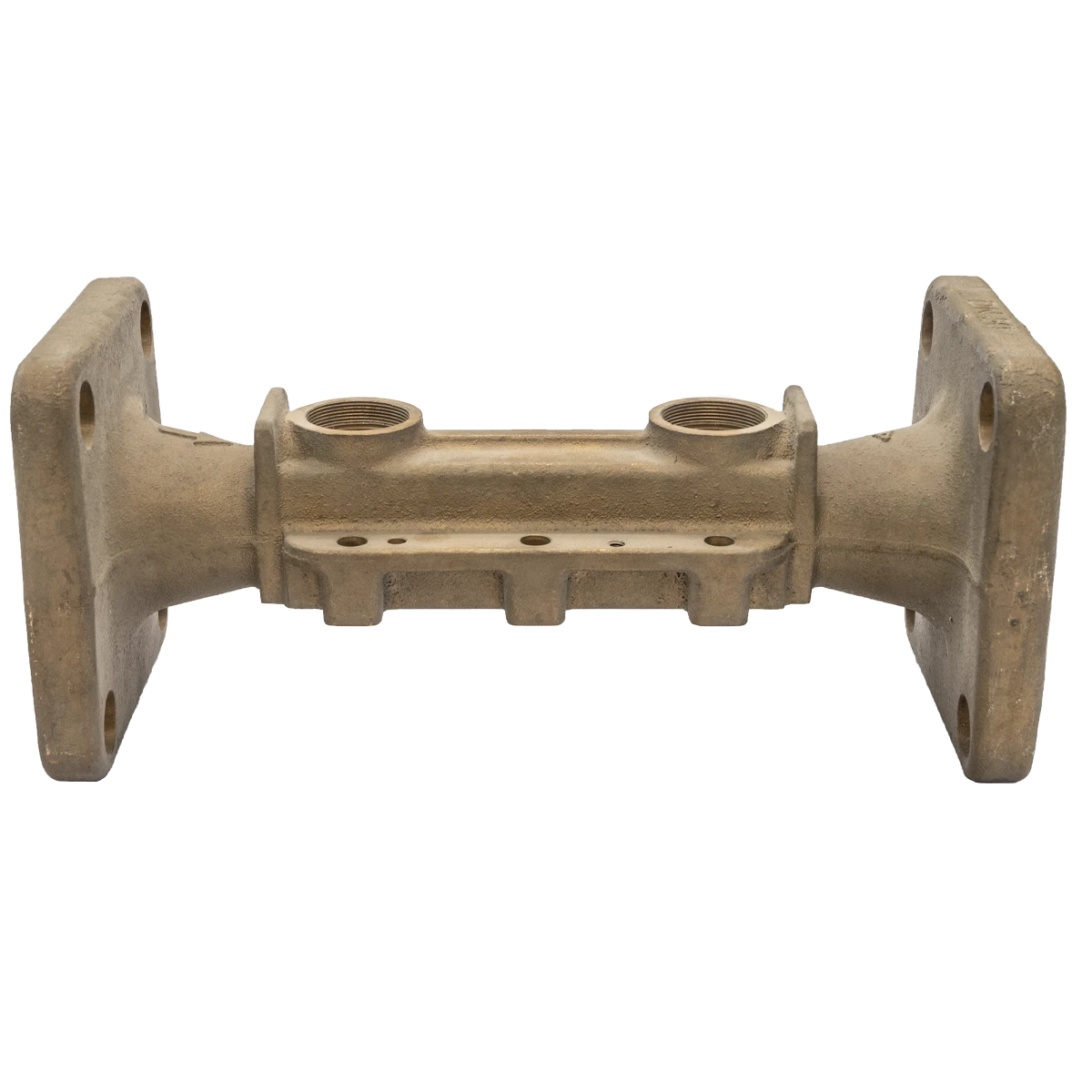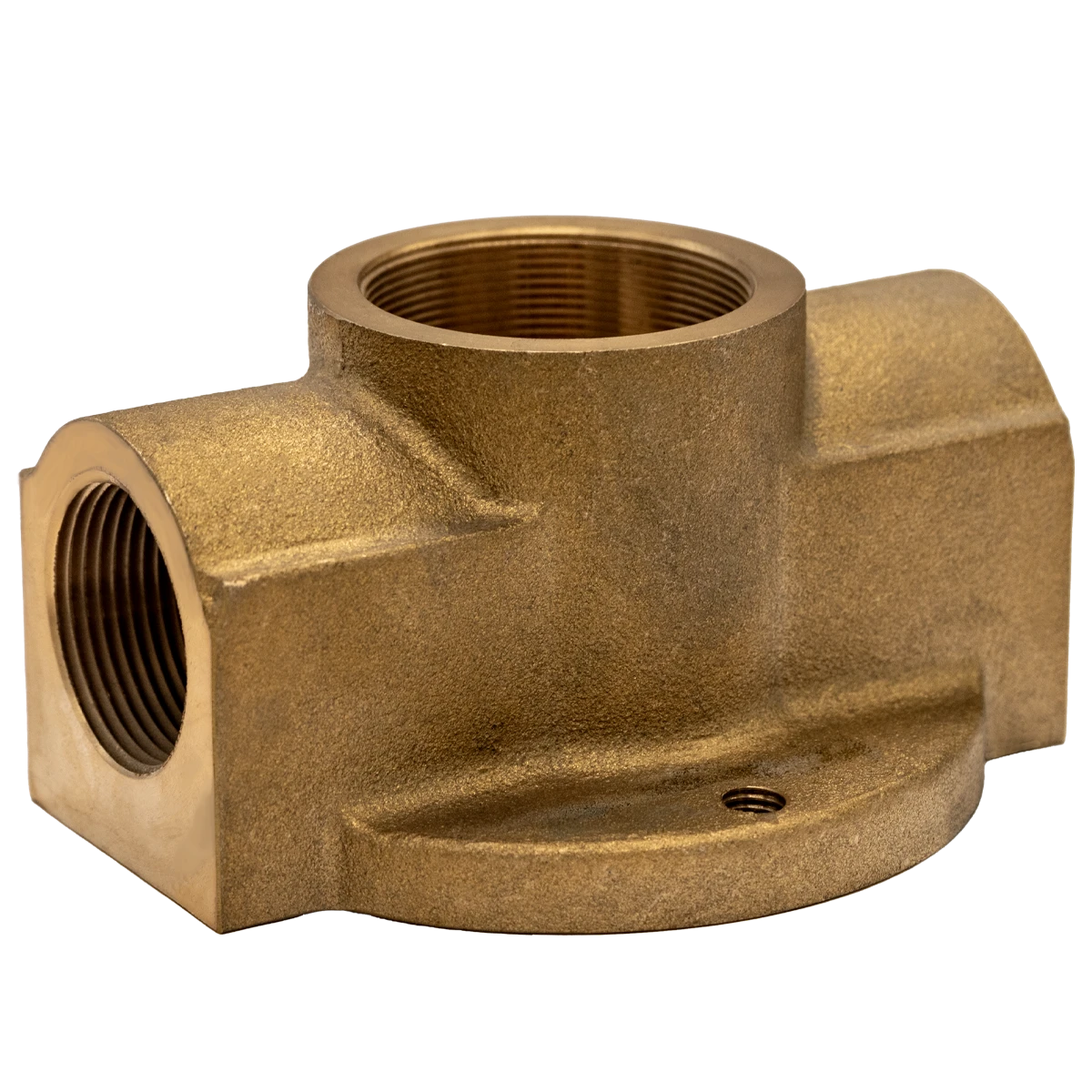Mobile:+86-311-808-126-83
Email:info@ydcastings.com
English
Optimal Casting Prep Systems Boost Foundry Quality
- Foundry Fundamentals: The Critical Role of Casting Preparation
- Sand Preparation Technology Evolution in Modern Foundries
- Technological Advancements Driving Sand Preparation Efficiency
- Sand Casting vs Die Casting: Comparative Manufacturing Analysis
- Industry-Leading Sand Preparation System Providers Compared
- Customized Solutions for Specific Production Requirements
- Proven Implementation Success Stories Across Industries

(casting preparation)
Foundry Fundamentals: The Critical Role of Casting Preparation
Effective casting preparation
establishes the foundation for manufacturing excellence in metalworking industries. Global foundries consume over 100 million tons of molding sand annually, with preparation quality directly impacting rejection rates. Operations implementing advanced sand conditioning systems report 15-22% fewer defects compared to conventional methods. The core process involves precisely controlling moisture levels (typically 2-4%), binder distribution (resin content 0.8-1.5%), and permeability characteristics to ensure dimensional stability. Thermal sand reclamation systems now recover 92-96% of used sand, significantly reducing material costs and environmental impact compared to traditional disposal methods.
Sand Preparation Technology Evolution in Modern Foundries
Foundry sand preparation has transformed from manual operations to computerized process control systems within a generation. Contemporary mixer designs achieve 98.7% binder distribution uniformity through precisely timed additive injection cycles. Modern equipment configuration typically includes continuous mixers with twin-shaft agitation, integrated resin dosing pumps capable of ±0.3% accuracy, and moisture control sensors with real-time feedback loops. Automated sequencing allows complete sand mixture formulation within 45-90 seconds per batch, maintaining consistent temperature (±5°F) and compactibility values (35-48 scale units) throughout production shifts.
Technological Advancements Driving Sand Preparation Efficiency
The most significant innovations in core and molding sand preparation center around energy efficiency and process consistency. Latest-generation mixer designs consume 18-25% less power through optimized rotor geometries that reduce friction. IoT-enabled sand monitoring systems track over 14 quality parameters simultaneously, including active clay percentage, loss on ignition, and grain fineness number. Automated sand testing labs now provide key metrics every 20 minutes instead of hourly manual measurements. These systems prevent potential defects before they occur, with predictive algorithms identifying equipment maintenance needs 48-72 hours before failure incidents based on power consumption patterns.
Sand Casting vs Die Casting: Comparative Manufacturing Analysis
Fundamental differences between sand and die casting processes create distinct advantages depending on production requirements. Sand casting equipment typically requires 40-60% less initial capital investment than equivalent capacity die casting setups. However, die casting produces 300-500 components per hour versus 20-50 units in sand casting. The table below compares critical technical and economic parameters:
| Parameter | Sand Casting | Die Casting |
|---|---|---|
| Initial Tooling Cost | $3K-$15K per pattern | $25K-$200K per die |
| Production Speed | 20-50 units/hour | 300-500 units/hour |
| Component Weight Range | 0.5kg - 300kg+ | 0.05kg - 30kg |
| Minimum Wall Thickness | 3mm - 5mm | 0.6mm - 2mm |
| Material Options | All castable alloys | Primarily non-ferrous |
Industry-Leading Sand Preparation System Providers Compared
Selecting optimal sand preparation equipment requires thorough technical assessment. Major manufacturers offer distinct technological advantages across different production scales. Foundries report 22-30% reduction in energy consumption when upgrading from decade-old systems to modern alternatives. The following table presents key competitive comparisons:
| Supplier | Primary Technology | Capacity Range | Energy Efficiency | Integration Features |
|---|---|---|---|---|
| Global Foundry Solutions | Turbomixing technology | 5-100 TPH | 0.85 kWh/ton | Full MES connectivity |
| Precision Casting Systems | Counter-rotating shafts | 2-60 TPH | 1.05 kWh/ton | Real-time sand QC data |
| Metals Processing Group | Planetary mixer design | 10-150 TPH | 0.92 kWh/ton | Remote diagnostic tools |
| Industrial Molding Tech | Pneumatic mixing system | 3-50 TPH | 1.12 kWh/ton | Automated recipe switching |
Customized Solutions for Specific Production Requirements
Adapting sand preparation systems to unique foundry conditions yields measurable performance improvements. High-volume automotive suppliers often require integrated sand cooling subsystems that maintain consistent temperatures below 105°F during continuous operations. Operations using exotic alloys frequently implement specialized binder application systems with multiple resin tanks for hybrid formulations. For compact production facilities, vertical mixer configurations can reduce footprint requirements by 40% without compromising output quality. Each customized solution undergoes comprehensive testing with the client's specific sand components to guarantee performance metrics before commissioning.
Proven Implementation Success Stories Across Industries
A European heavy equipment manufacturer achieved 17% higher casting yield after modernizing their sand preparation in foundry operations with closed-loop moisture control. Their automated sand conditioning system now delivers mixtures with clay content variation below ±0.5% throughout production. In North America, a pump housing specialist reduced rework rates from 8.3% to 1.2% by introducing thermal sand reclamation that maintains consistent acid demand values below 4.0. Aerospace component suppliers report achieving surface finish standards of Ra 3.2-6.3μm through precisely calibrated bentonite activation in molding sand preparation. These documented outcomes validate process optimization principles that drive manufacturing excellence.

(casting preparation)
FAQS on casting preparation
Core Process in Foundry Operations
Q: What is casting preparation in metalworking?
A: Casting preparation involves designing patterns, creating molds, and preparing molten metal for pouring. This foundational stage dictates dimensional accuracy and quality in metal components. Proper preparation minimizes defects like porosity in the final product.
Foundry Sand Systems
Q: Why is sand preparation critical in foundries?
A: Sand preparation conditions mold material for optimal performance. Proper mixing of sand with binders (like clay or resin) ensures mold strength and thermal stability. This directly impacts surface finish and reduces casting rejection rates.
Material Flexibility Comparison
Q: How does material compatibility differ between sand casting and die casting?
A: Sand casting handles diverse metals like steel or bronze due to its high-temperature molds. Die casting suits lower-melting-point alloys (zinc, aluminum) and enables thin-walled designs. Material choice influences production method selection.
Cost-Efficiency Analysis
Q: When is sand casting more economical than die casting?
A: Sand casting excels for low-volume production and large/heavy components. It avoids expensive tooling, unlike die casting which requires high-cost metal dies. However, die casting becomes cost-effective at massive scales with faster cycle times.
Dimensional Precision Factors
Q: Which offers better dimensional accuracy: sand casting or die casting?
A: Die casting achieves tighter tolerances (±0.2mm) through reusable steel molds. Sand casting has lower precision (±2mm) due to mold decomposition. For complex geometries, die casting provides superior surface finishes.
-
Materials Used in Manufacturing Cap End Pipe FittingsNewsNov.24,2025
-
Material Properties of CF8M CastingNewsNov.24,2025
-
How to Inspect Pump Cap Ends for DamageNewsNov.21,2025
-
Backward Curved Impeller – Efficient Airflow Solutions for Industry | YD CastingsNewsNov.21,2025
-
Automobile Water Pump - Efficient, Quiet, Durable & ElectricNewsNov.21,2025
-
Impeller for Pumps – High-Efficiency, Durable, OEM-ReadyNewsNov.21,2025











